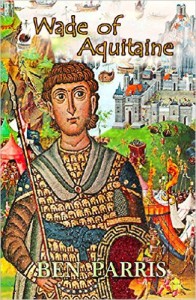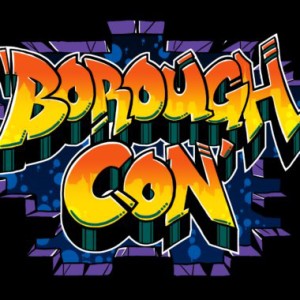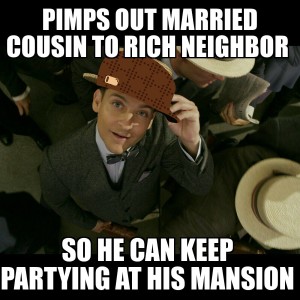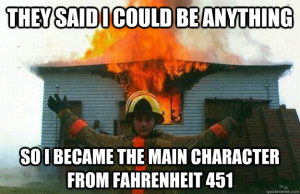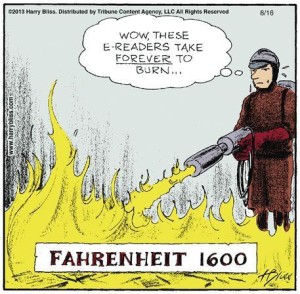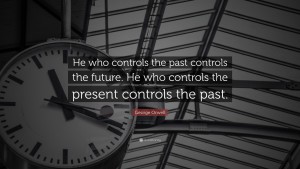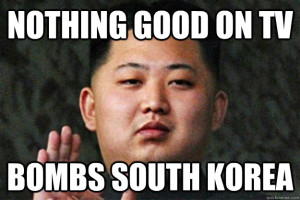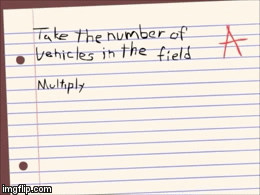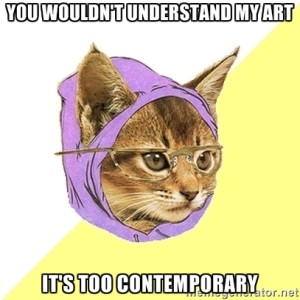How to Choose Where Your Story Begins
by Ben Parris
Some people are born with an innate sense of where a story begins while others have to learn the skill. If you practice this part of the craft properly, one day you will wonder why choosing a beginning was ever a source of confusion for you. Today, however, you might have every other writing skill imaginable, all packed in your arsenal, and yet still be completely lost as to how a story should open. I want to give you some essentials for how this process works encapsulated in a brief, fresh article rather than an incomplete excerpt from my writer’s instructional manual Today You Write the Book.
The very same people who struggle with where to begin laying out the events in their novel often experience far less trouble making this decision for their short stories. In the span of a short story, there is less time for fooling around and therefore less room to make a mistake. You can’t help but get on with business, or risk going nowhere at all (there’s a hint in there).
You may have heard that your opening must contain a “hook,” also known as a reason to read further. As critical as it is to reel your reader in, refrain from making empty promises in the form of phony gimmicks that the story cannot live up to. Instead, you start in a particular place because your story very clearly feels like it is supposed to start there. Let’s examine the concept more closely and compare it with the conventional wisdom: Begin your story as near to its end as possible. Aha. Well, my job is done then, right? No, because this old adage begs two enormous questions:
a) Why should you begin a story as close to its end as possible?; and
b) What is “possible”? How close to the end can you go?
To answer those questions, let’s start with a hypothetical story timeline:
I. Trista was born in 1996.
II. Trista inherited property in McSheridan Wells, North Dakota, in 2014.
III. Four years later, in 2018, Trista won a boundary dispute.
IV. Two days after that, in an extrajudicial battle over the boundaries, half the town was dead.
We could pick one of the above points, or somewhere in between, but we’ll limit the discussion to just a few considerations for now:
1. We could argue that the story begins when Trista was born because there is no story without her.
2. We could argue that the story begins the day she inherited property because without that, there would be no property dispute to begin with.
3. And lastly, we could argue that the story must not begin with the day of the disputed boundary because it leaves no room to lay out all the backstory needed to explain why such radical things happened so quickly after that.
Is the first choice a valid argument? No because we don’t want to bore our readers; we want them excited.
Is the second a valid argument? More so than the first, because this is a demonstrably consequential event, but a tight plot has one consequential event after another, preferably tied together. A solid chain of events cannot be sustained over a continuous four-year period, and too many discontinuous events in a row are a struggle for writer and reader alike.
What about the third argument? Suppose that your opening line went something like this: “Trista didn’t know it yet, but in two days, half the town would be dead.” Then you have what is called a “clock” in fiction. Readers love a good clock: the spreading virus; the speeding bus; the crook getting away…
So are two days a possible time frame for proper storytelling? Yes, depending on your story, it can be. Some tools employed in this regard are: instant characterization, the backstory pared down to what is relevant and essential, flashbacks (if necessary), and a novice character who needs the situation explained to them (the latter is the reason that Doctor Who’s companion must keep changing).
Using the term “instant characterization” for an opening bears explanation. The quickest—and worst—way to bring a character to life is via clichés. But if you allot just a little more time to the process, you can demonstrate character in the space of a couple of pages. My prime example is the opening to Tom Clancey’s Patriot Games. The opening line is a bold one: “Ryan was nearly killed twice in half an hour.” It’s thought-provoking. Who is Ryan? Why was he nearly killed? And nearly killed twice?
Then the author backs up that claim. Jack Ryan is almost run down by a bus because he looked for traffic in the wrong direction. Here the author is emphasizing that his character is an American on vacation in England where traffic runs in the lanes opposite to an American’s expectations. Next, his family joins him, and an assassination attempt unfolds right in front of them. Ryan, who is an ex-marine, thwarts the attack and we eventually learn that the attackers are tied into the main plot (as they would have to be). Now we know that Ryan has his family at stake and that he is instinctively an action hero, an impulse bolstered by his background. Our mission to open the story is accomplished in a way that is completely appropriate for this type of book.
Does Patriot Games take place over a span of two days? No, because it is an action thriller with significant intervals required to tell the story: Ryan is shot and must recover; the bad guy is arrested and has to escape; and finally, the terrorists must develop a long-term plan for revenge while Ryan is lulled into a false sense of security. But do we start the story way back in the days of Ryan’s marine training? No, we don’t. We start with the action that changes his life and leads directly into the sequence of events that will be the main plot.
Getting back to our example with Trista, two days from our logical starting point are all we have. Unless our plot points undergo a radical change, we are all set to follow the choice that makes sense with what we have.
When you make your final decision as to where your story begins, keep the following mandate in mind: you as the author have to know why you chose the particular plot point as the starting message, and the reader has to have some idea why they are entering the tale at this point. The more solid this foundation is, the better your beginning works. If either condition does not prevail, go back and reexamine your choice.

